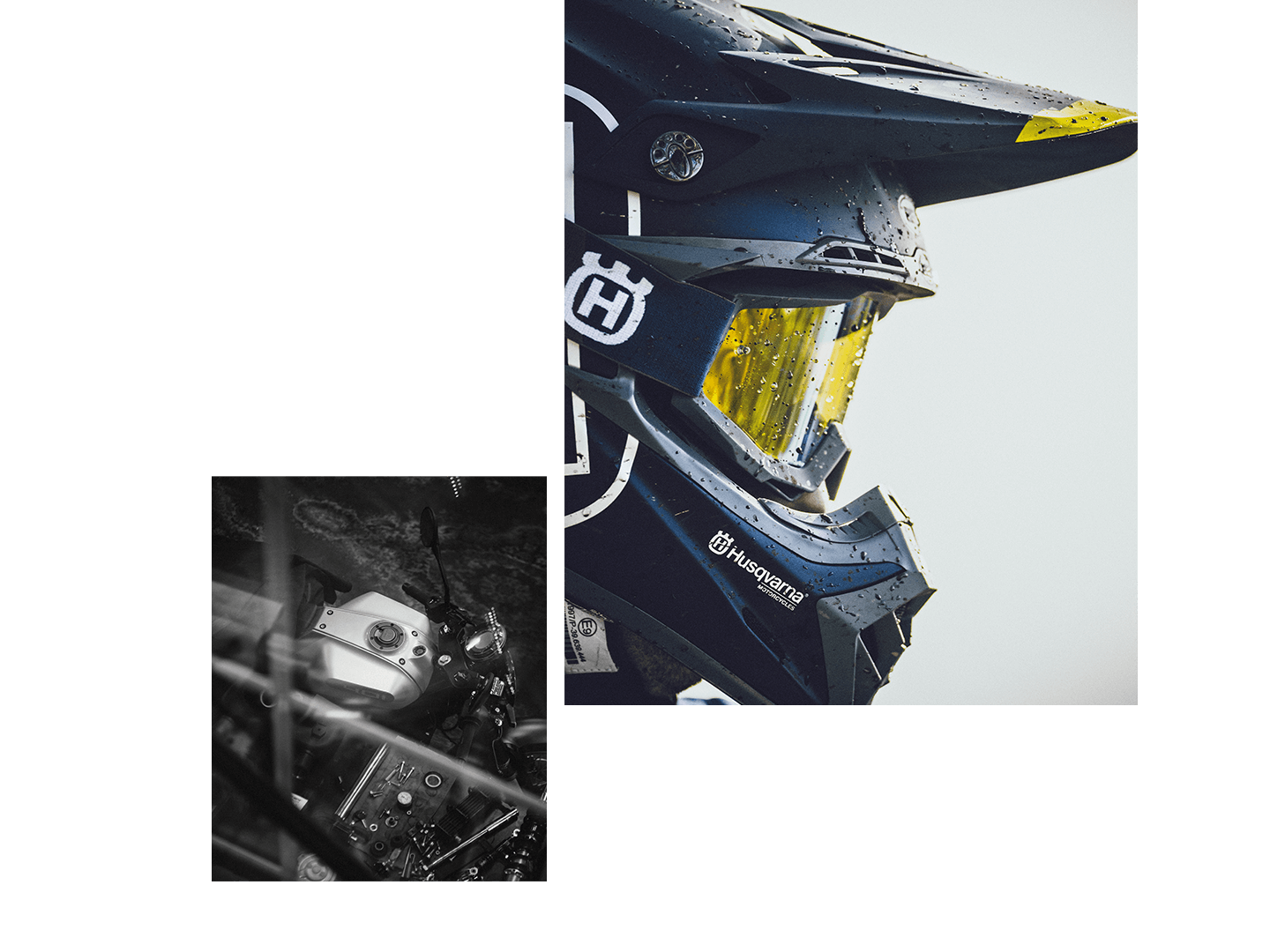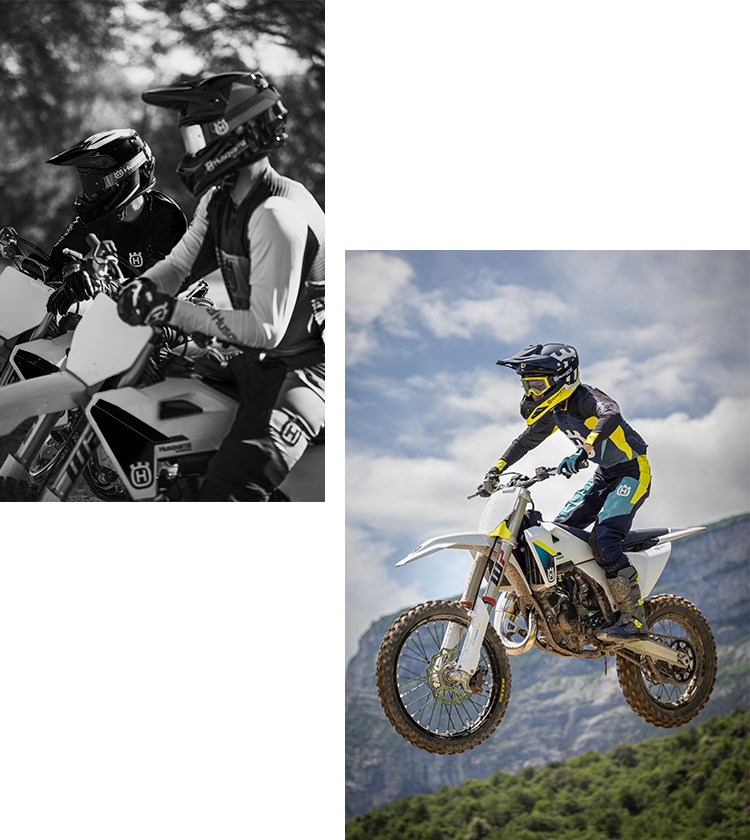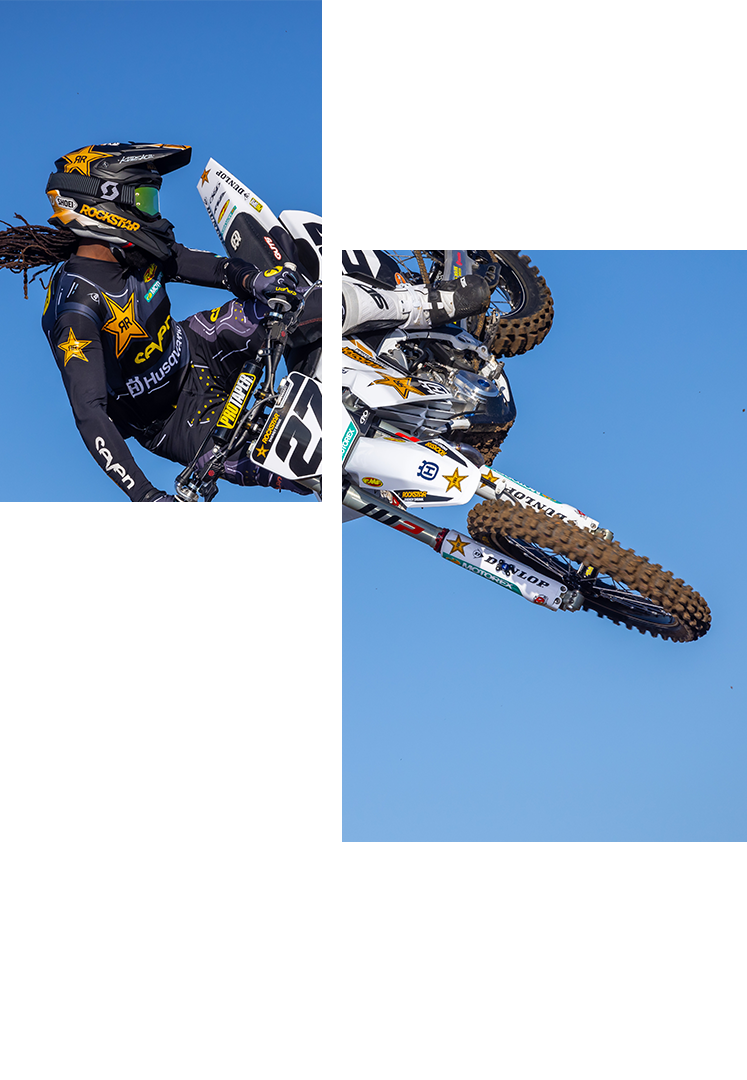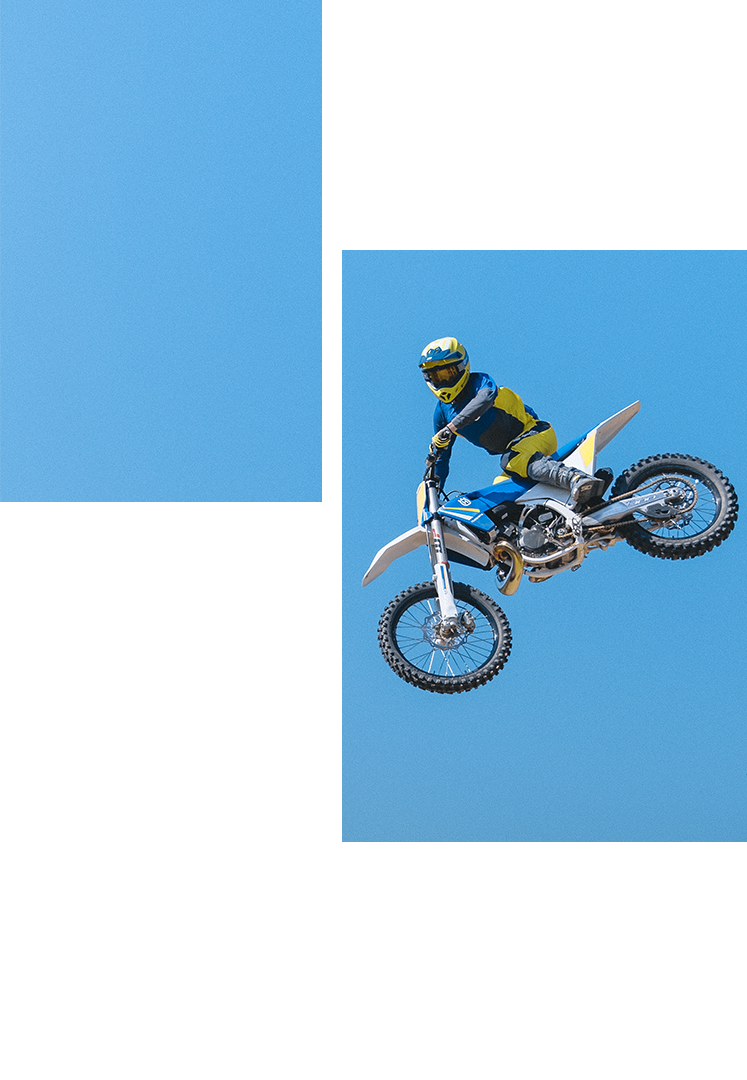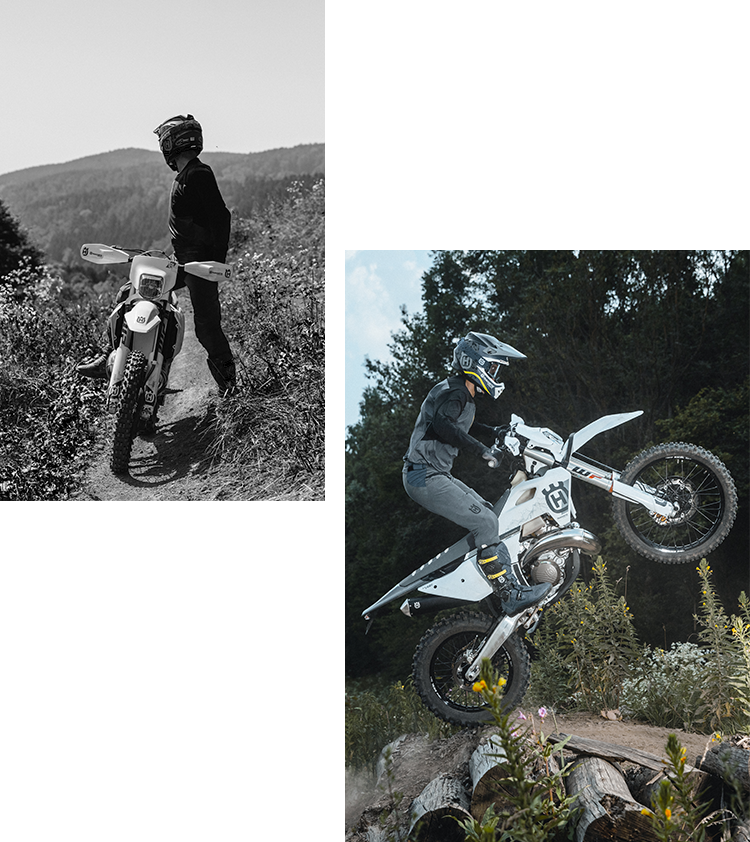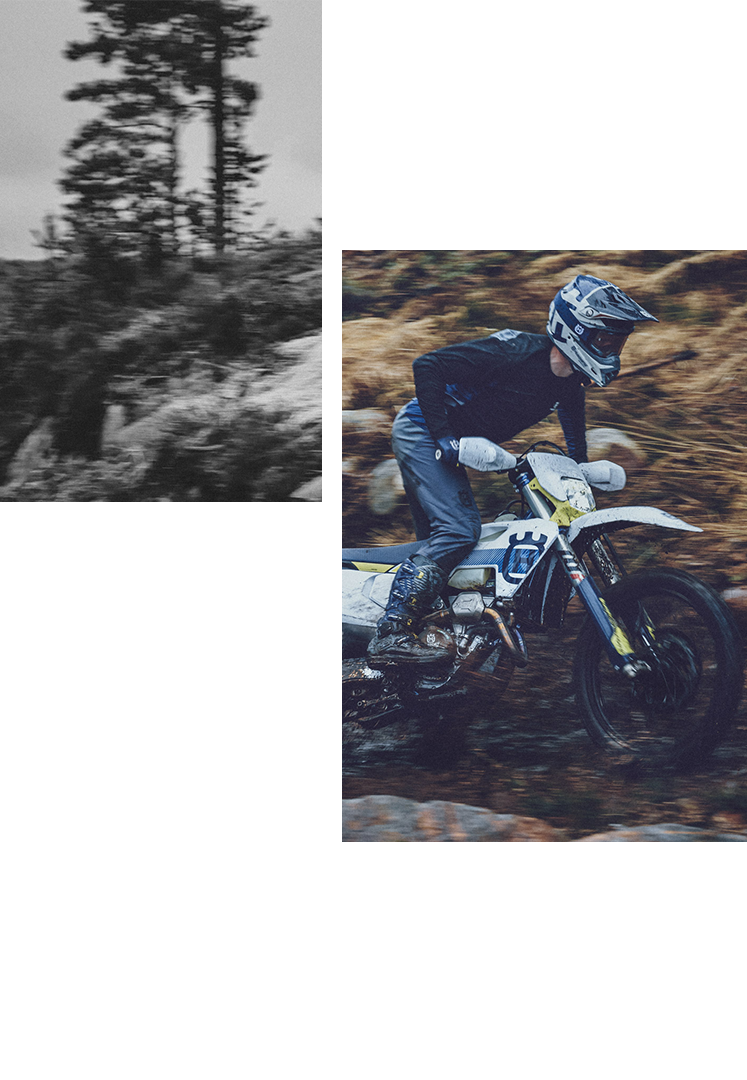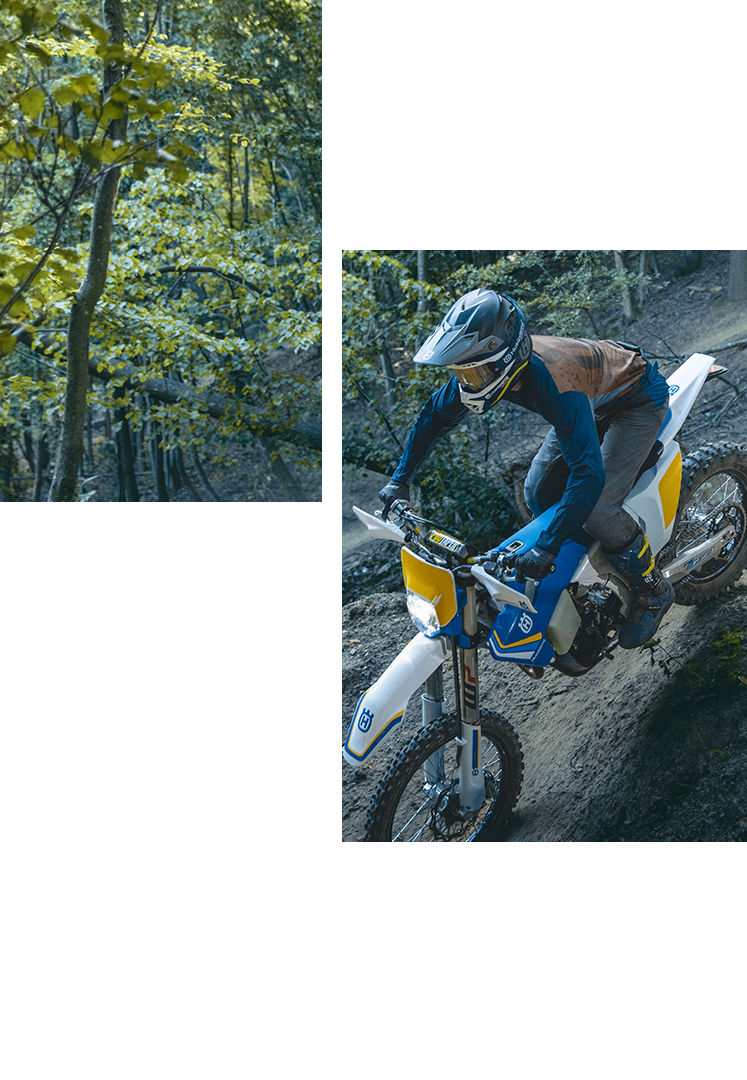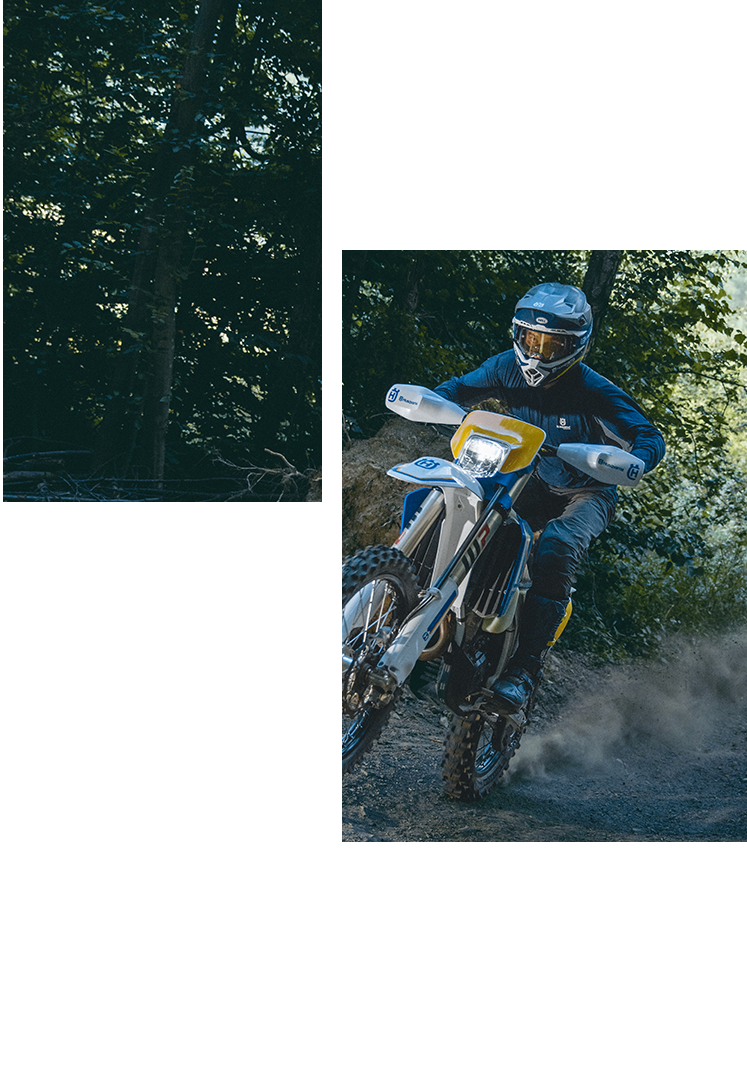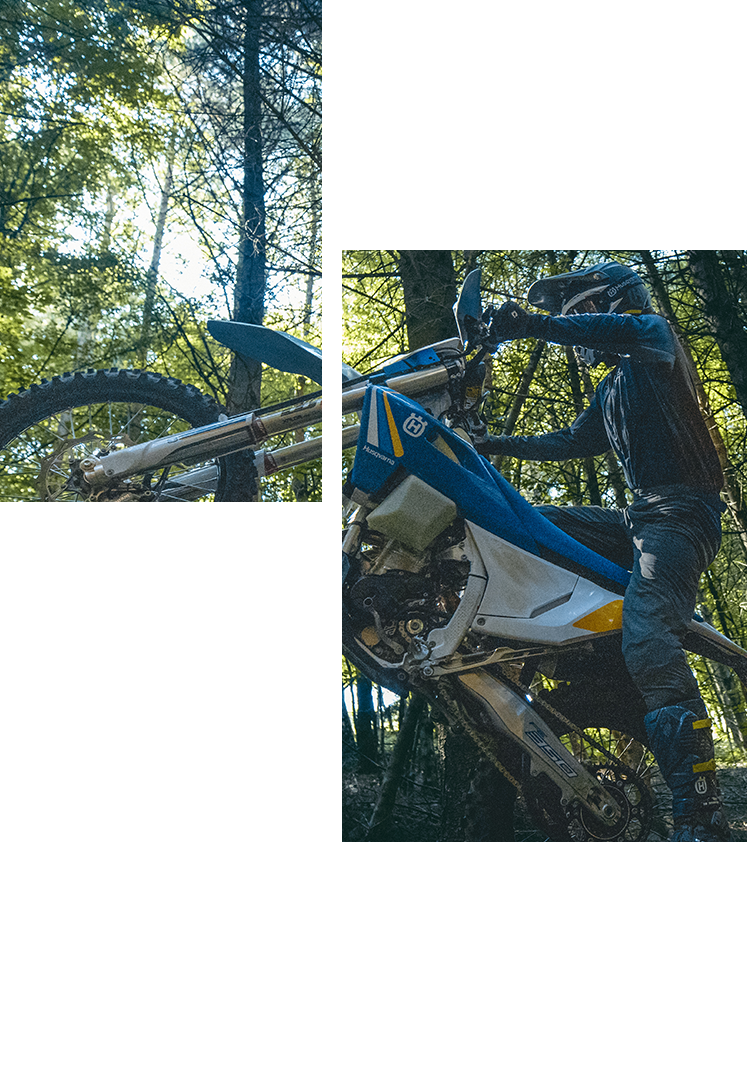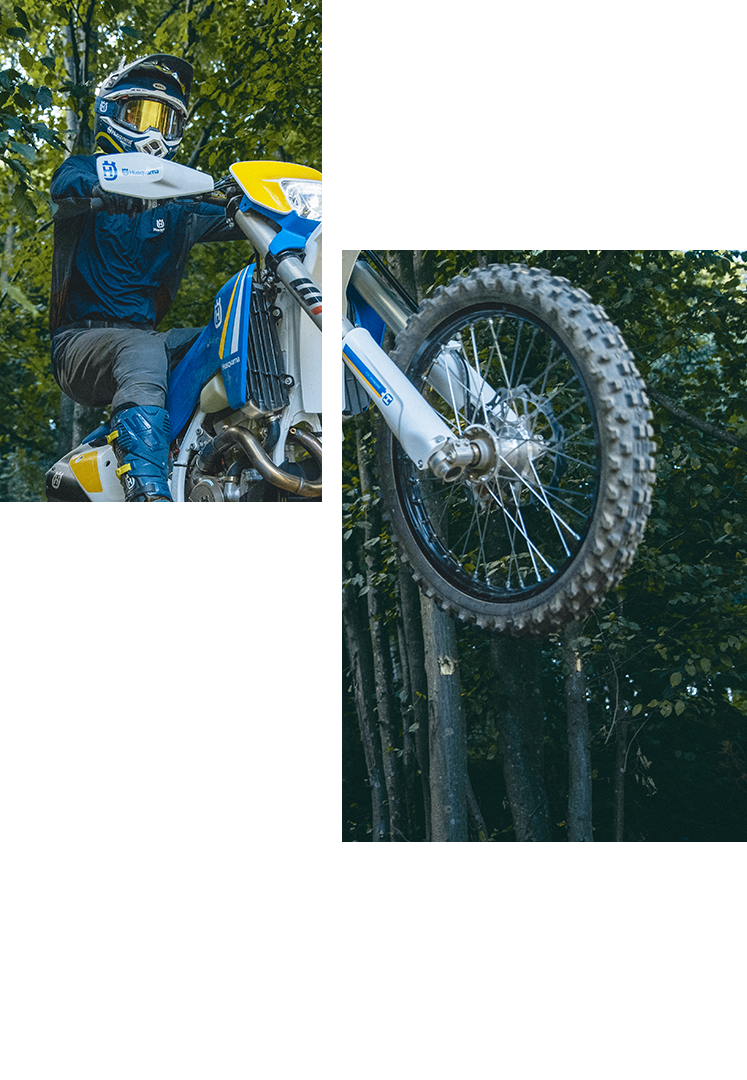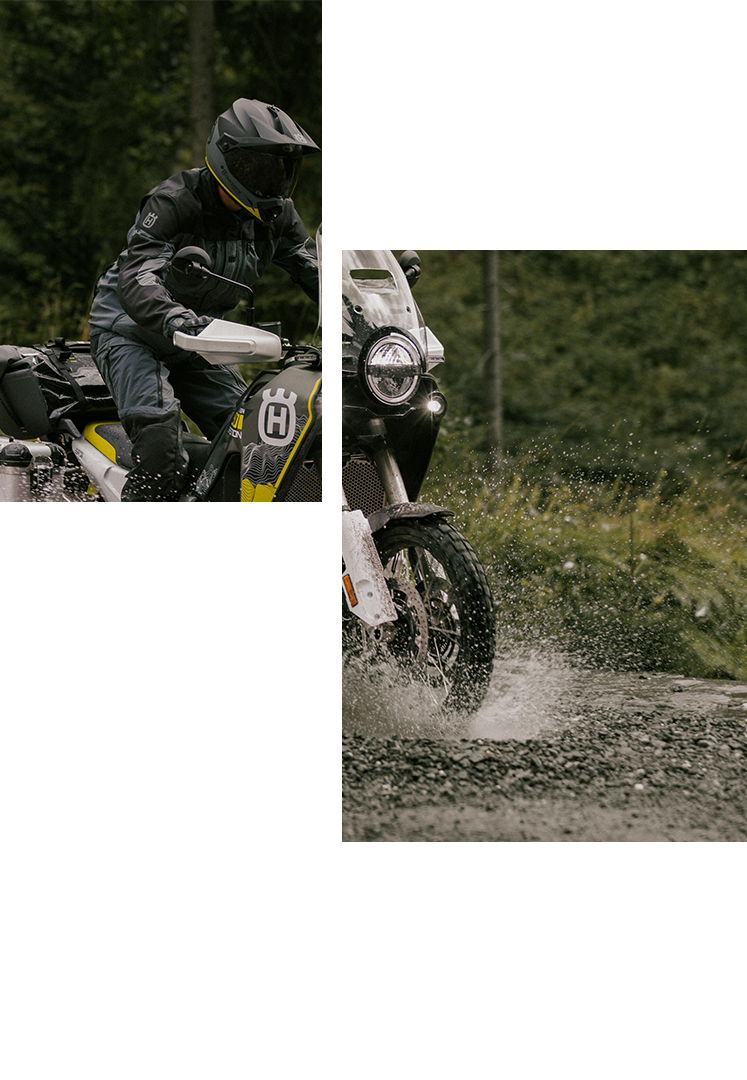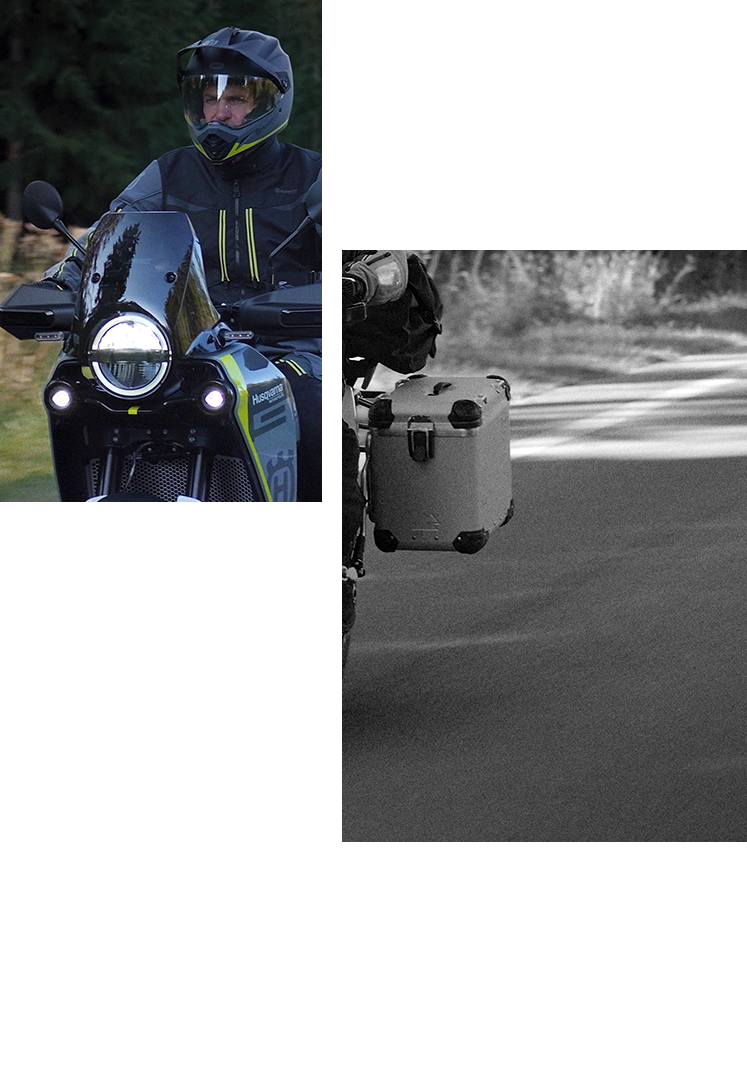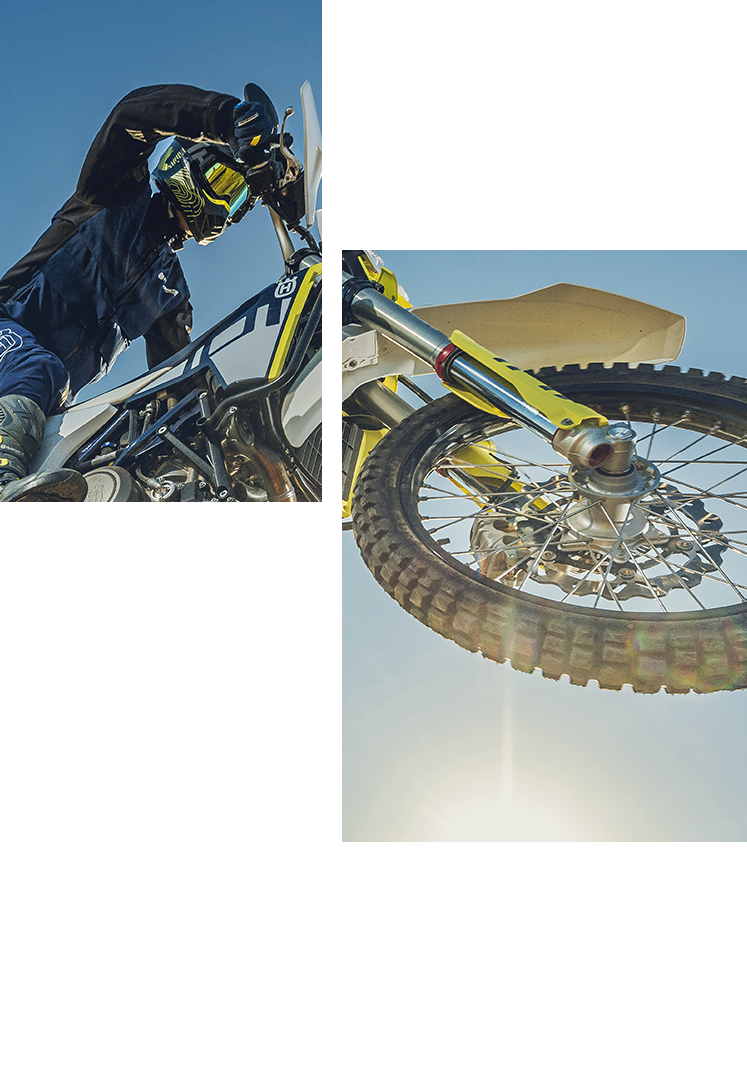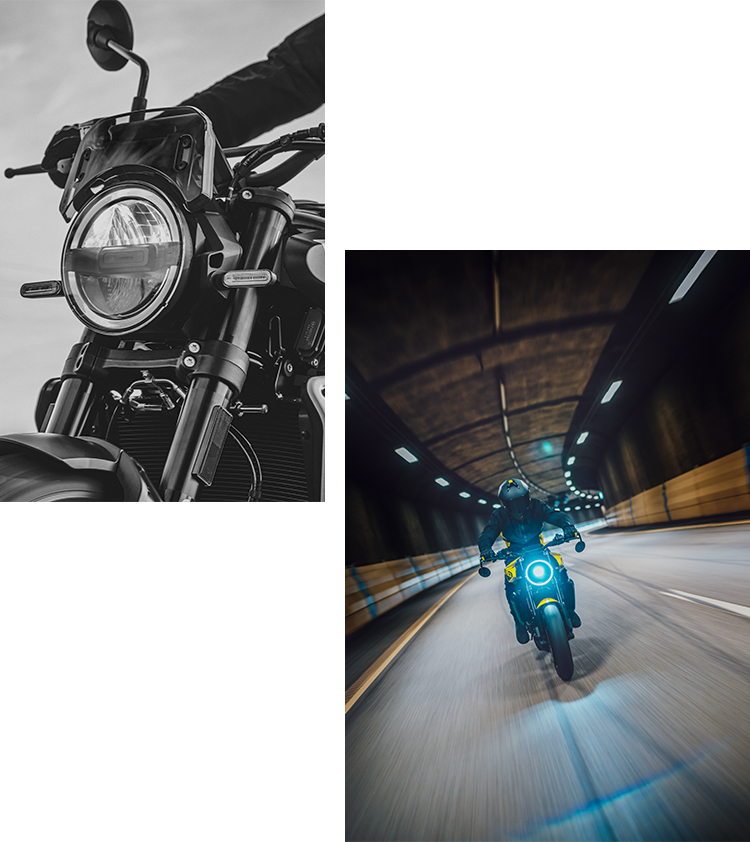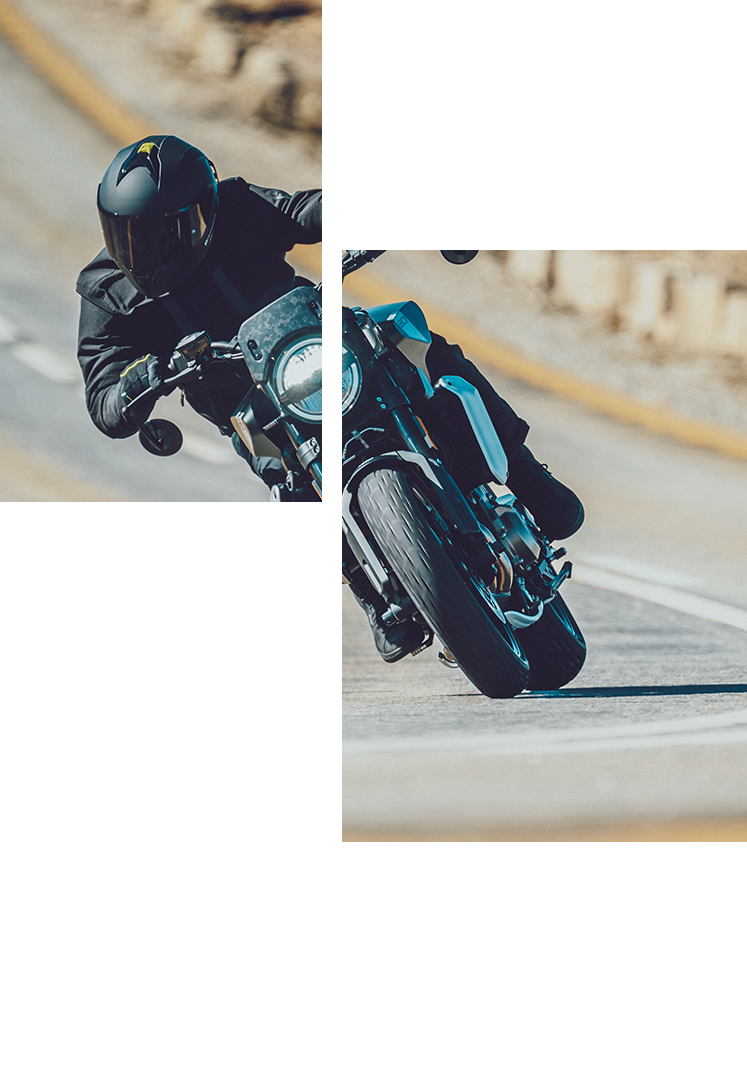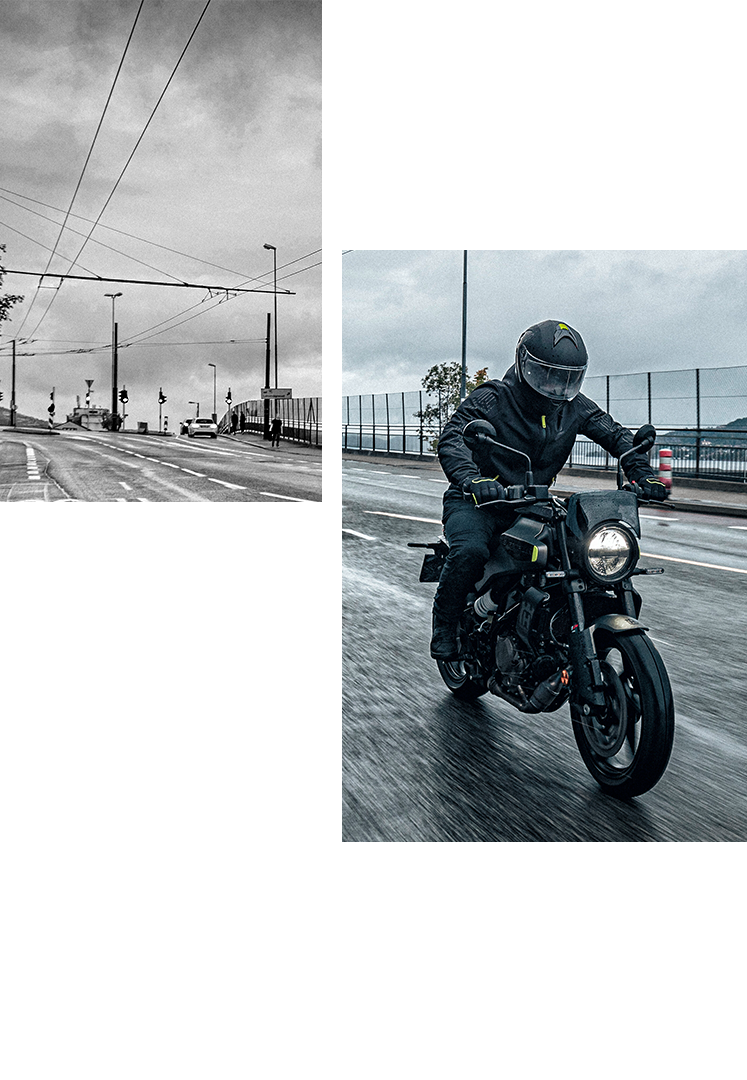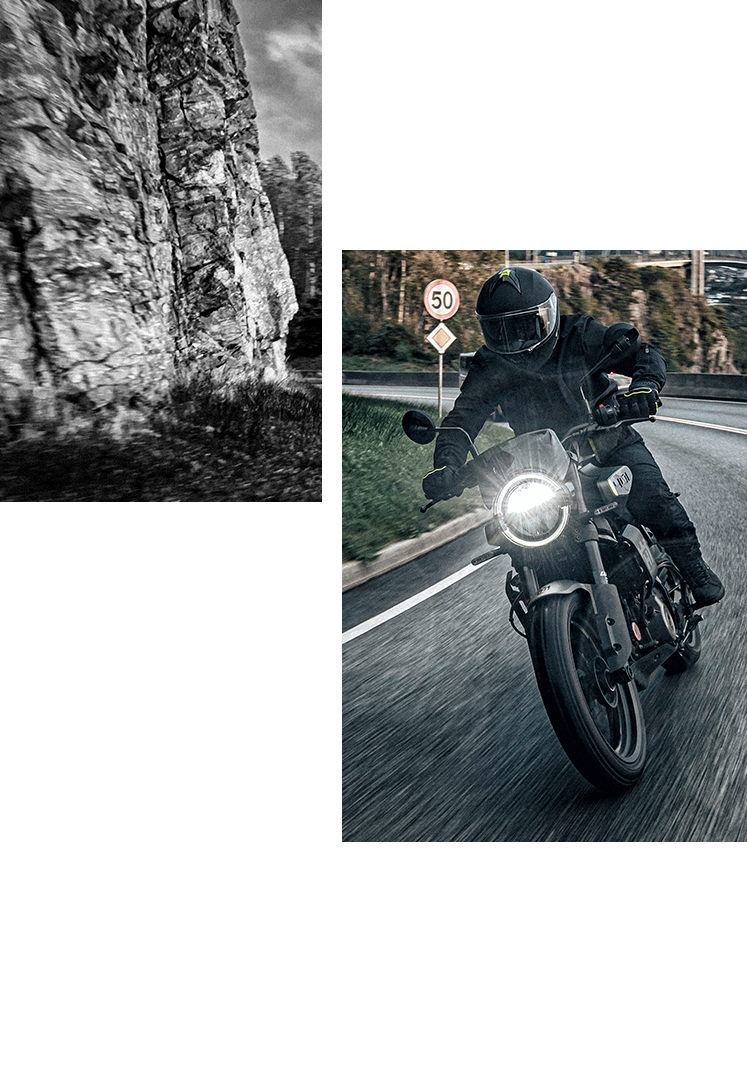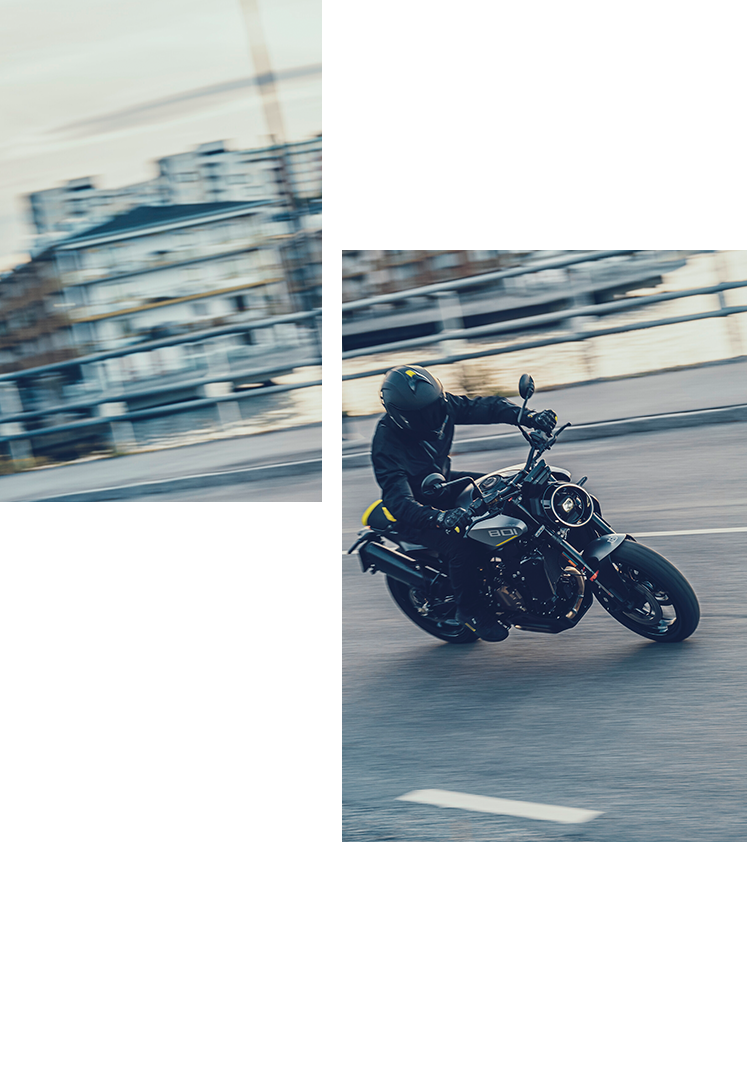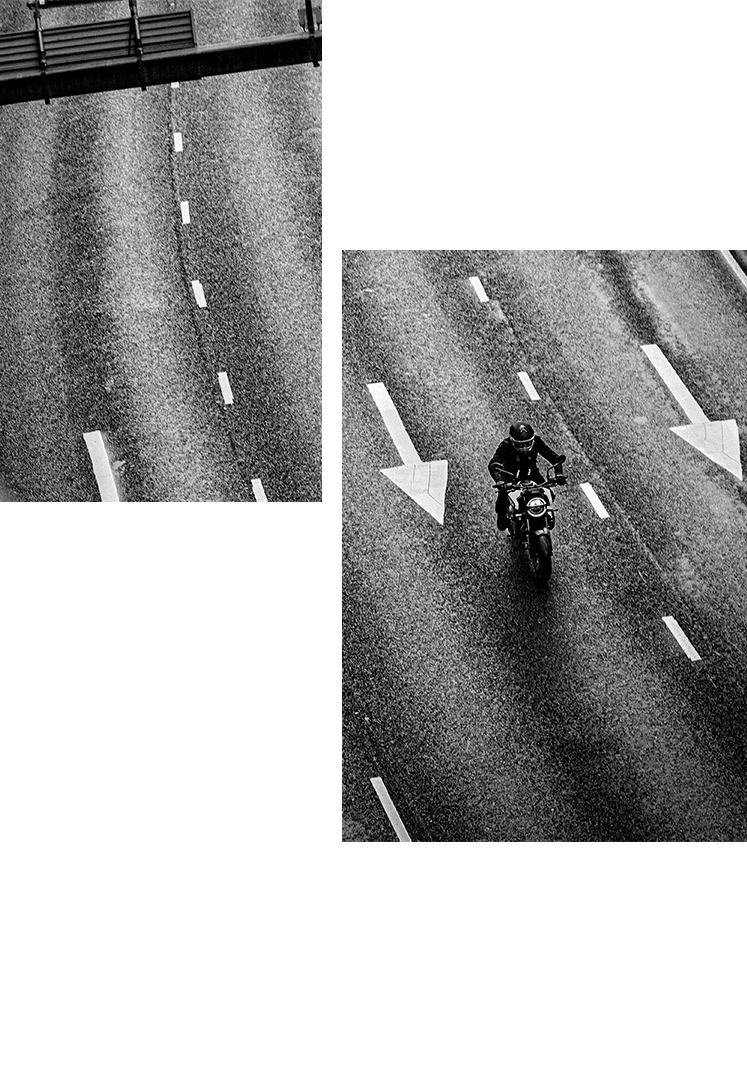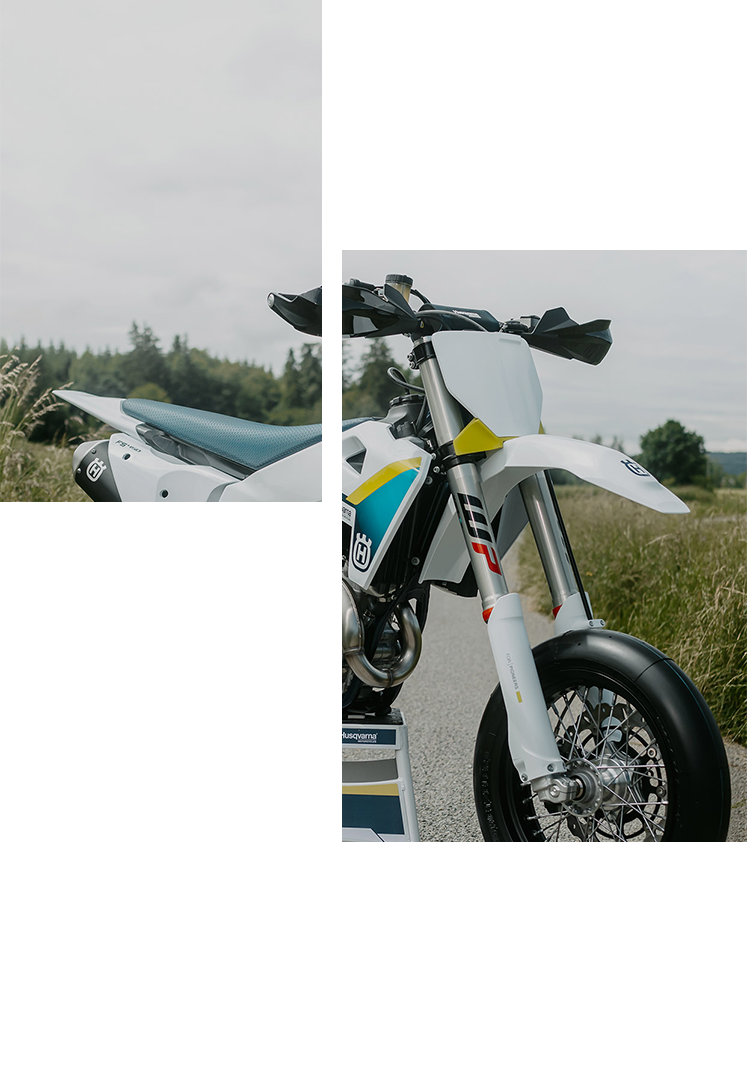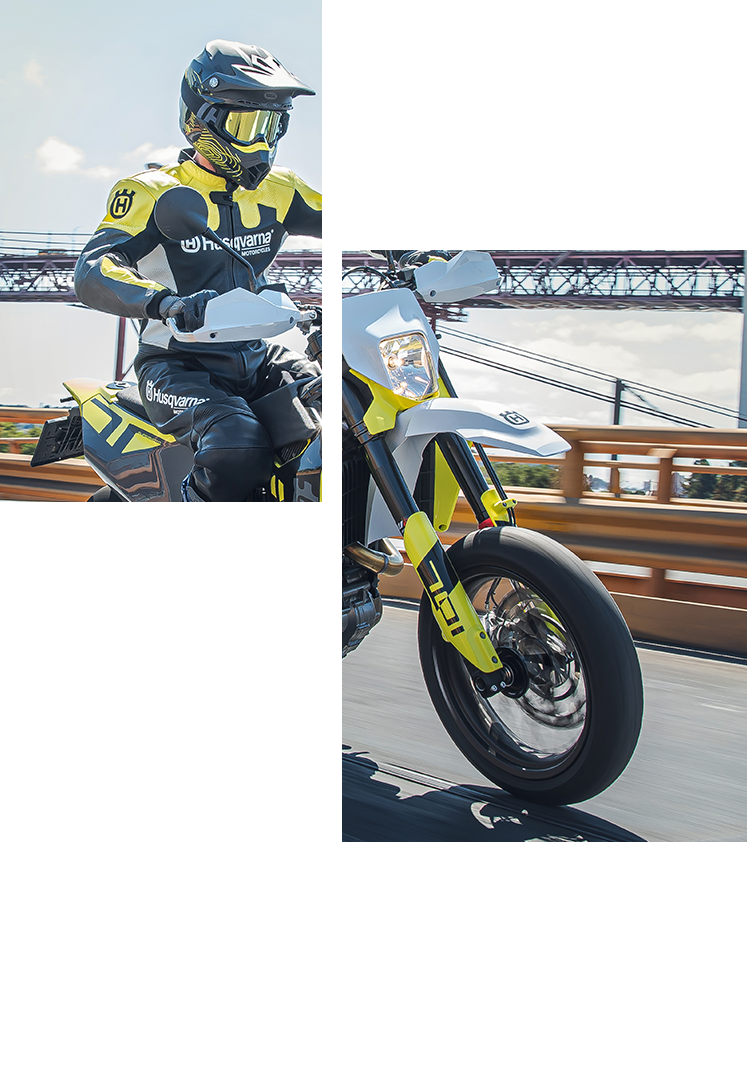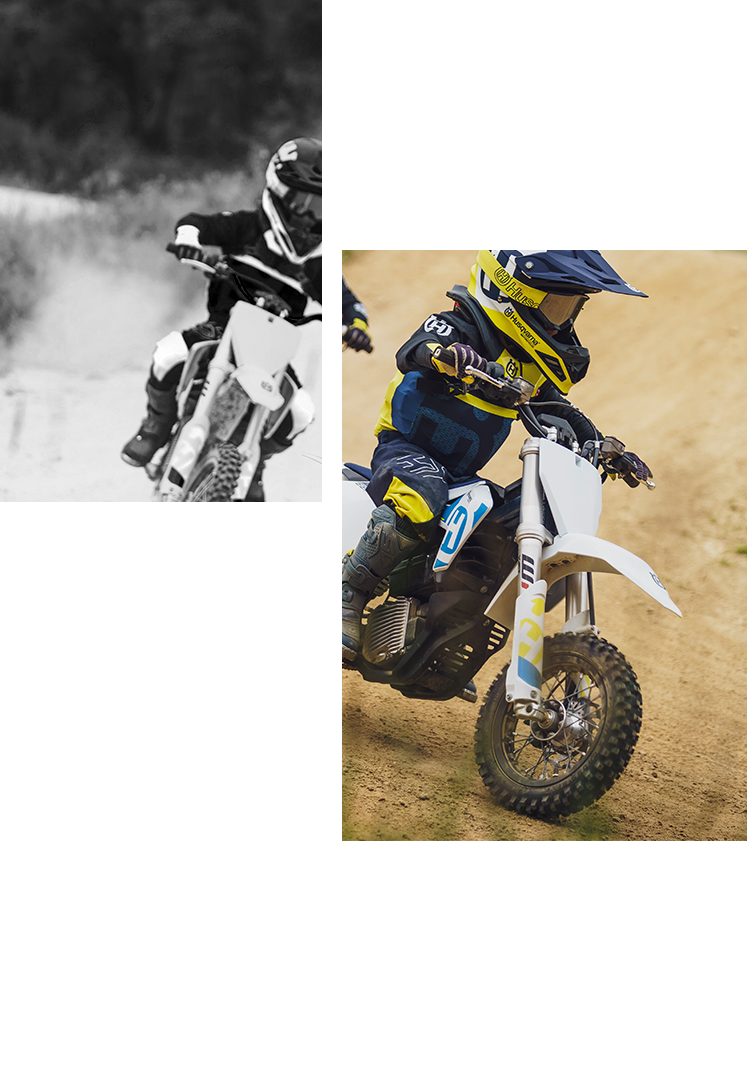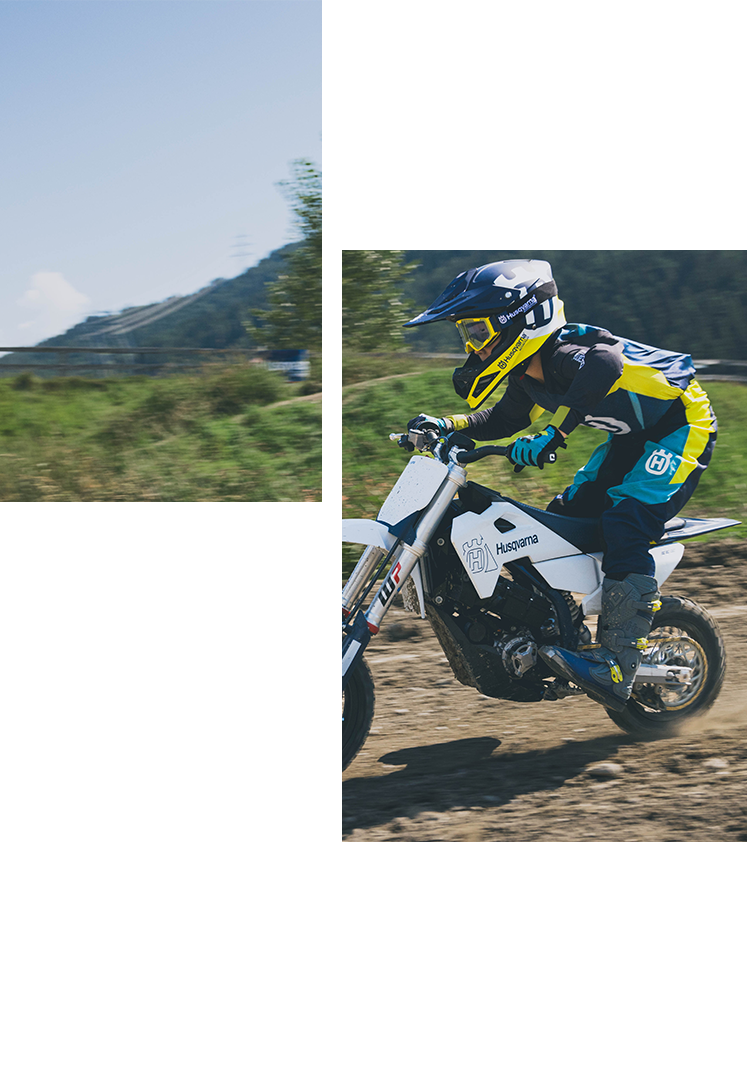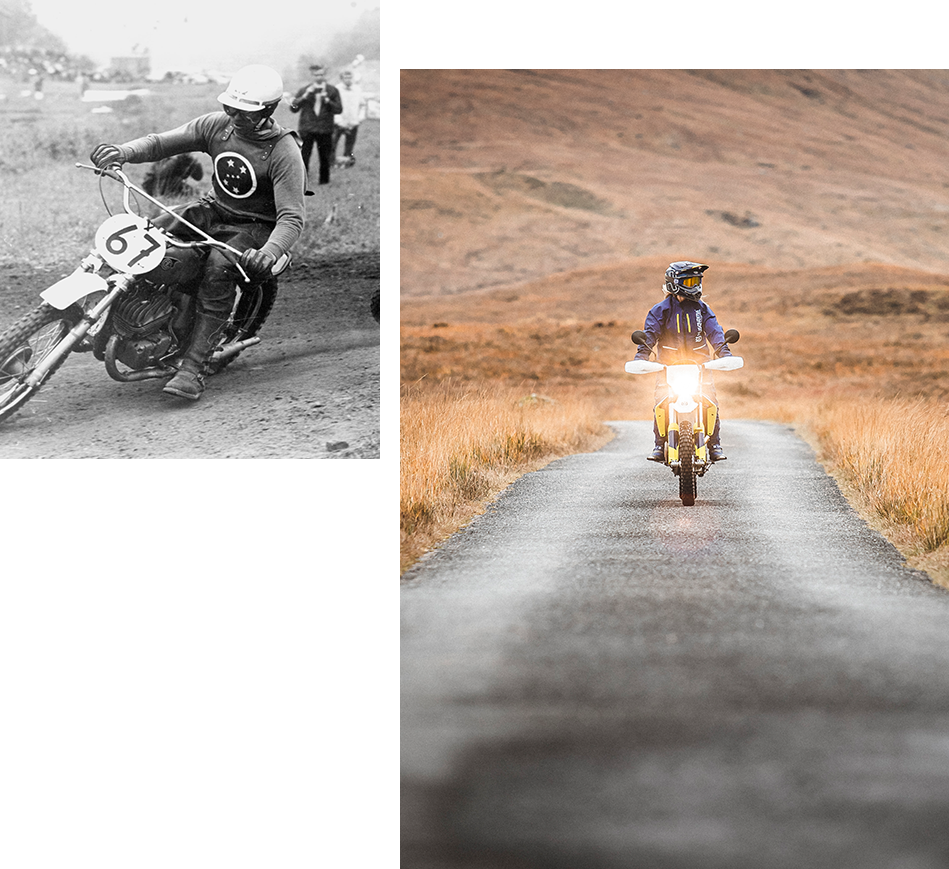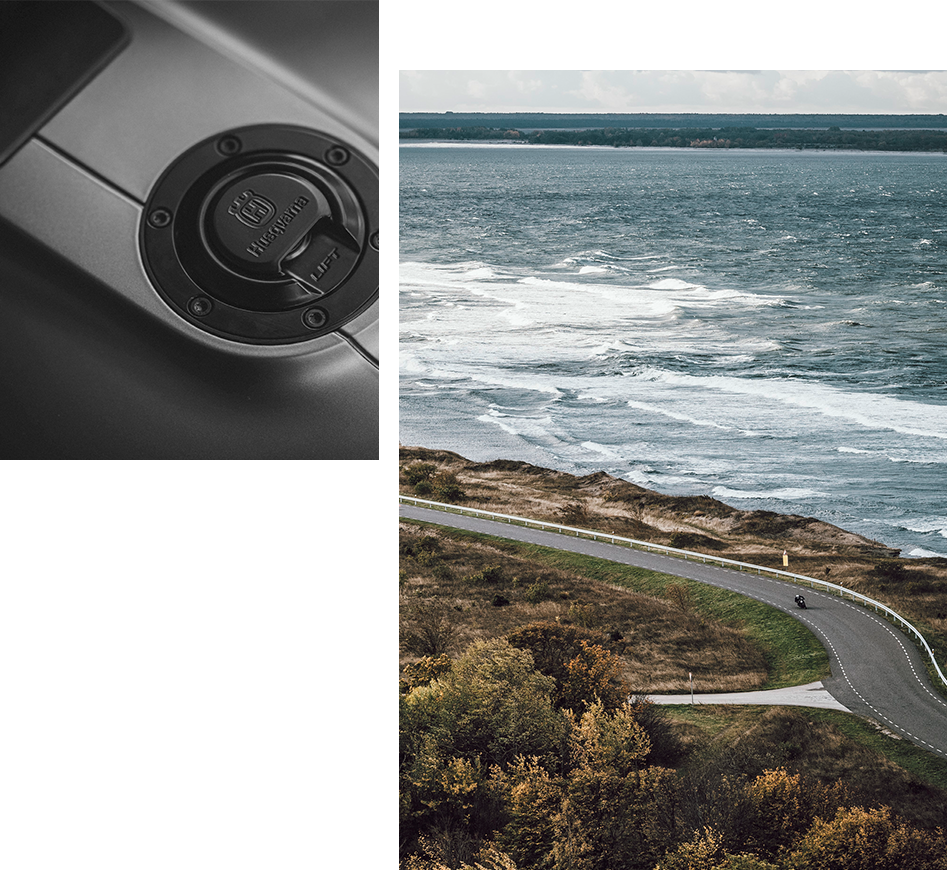1961-70: By a whisper
By Kenneth Olausson
After 1960 things looked gloomy for Husqvarna. The R&D department was in idle mode and the factory had given up hope and interest on their motorcycle division. The street-Huskys didn't sell as the best days of the Silver Arrow were gone. No new products lay in the pipeline and the market was under the weather for the Swedes. It was time to ride out a tropical storm.
In the production statistics we can see that the factory only churned out 423 units in the year of 1961. The Silver Arrow street machines had stopped selling by now and the mopeds also showed a deep decline in output. The overall sales dip was a stunning 85 percent compared to the successful introduction period of the Silver Arrow some years back. The forecasts for the future were pessimistic and the board of directors contemplated giving up the twowheel division entirely. A last-minute decision gave it another try, much due to the successful history of the company's motorcycle adventures from 1903. But future manufacturing would be performed on a very low scale.
After having scored motocross success both in 1959 and in 1960 with two championship titles, 1961 proved to be disastrous for Husqvarna with limited results in motocross. Especially, the 250cc bikes were inferior on the market while the bigbore beast still showed a competitive potential. After Torsten Hallman's first 250cc world title in 1962, sales of motocross machines picked up in the following year. Husqvarna made a nice replica and sold a hundred units of this bike, mainly in Sweden, Norway and Finland. We were now in the beginning of 1963 when the replicas hit the market and the demand for this machine was higher than expected. The newcomer was by far the best and most competitive motocross product for sale on the market. As there also were substantial leftovers from the production of the Silver Arrow, sales continued with this unit until 1965, when street machines were abandoned for good. At least, that was the thinking from the management in Huskvarna.
As a result, things looked gloomy for the Husqvarna twowheelers in the beginning of the sixties. Despite motocross titles and good intentions, the board of directors had limited understanding of the potential in motorcycling. To say the least, they were rather against most of the ideas that came from the responsible people in this division. The answer lay of course in the United States. The Swedish motorcycle dealer of "MC-Trim" in Stockholm, by the name of Stig Ericson, was travelling around in San Diego, southern California. As winters were cold back home, "Stickan" preferred the sun of the western state to the local snow. In a nifty smorgasbord joint called "Bit of Sweden" in El Cajon, over a meal he met with bike salesman Edison Dye by sheer chance. The American had been in business for years and the two started talking about European motocross. Edison Dye showed interest in Husqvarna, but the motocross sport had yet to be discovered in the United States. Dye figured that there surely would be interest in solid offroad machines such as the Swedish product. Consequently, Edison Dye approached the Weapons factory with a letter asking them to let him and his company MED International, represent Husqvarna in the United States. True to the negative instinct from the leaders in Huskvarna, the simple answer was "no", with a polite twist of saying "thank you for the interest". Their point of view was enhanced by such factors as no desire to export, no motocross market available, no knowledge of recreational riding and last but not least, an unfavorable dollar-exchange rate which made Swedish goods expensive across the Atlantic.
However, Edison Dye from Oskaloosa in Iowa did not give in so easily as earlier interested parties had done. He had a temper of a whirlwind and was enough persistent to invite for a meeting by the fall of 1965. Two representatives from Husqvarna met with the eager American in Scandinavia. Edison Dye convinced the Swedes that he was the right man for the job and bought 50 machines to be delivered during the 1966 season. The initial deliveries were airfreighted, which saved valuable time as Edison Dye wanted to give the very first Husqvarna to ace rider Malcolm Smith. He also wanted to have machines in his Californian showroom. For three years the Swedish factory had only churned out a few hundred units a year, but this changed in 1966 when US hit the market for the Husqvarna products. Not only was MED International successful, but also triple world champion Torsten Hallman who rode 23 races with as many wins. He was the true ambassador who presented the sport to the US motorcycle fans. Shortly after, Dye and Hallman introduced the classic Inter-AM motocross series in the US, where most of the world top stars came to compete towards the end of the sixties. Now would have been the right time for the Husky people to react and invest into the future. Unfortunately, that did not happen although the US market swallowed the better part of the factory's production. From 1961 to 1970 Husqvarna only manufactured 14 000 units, of which 5 000 were made in the year of 1970 when the new Ödeshög factory had been opened.
